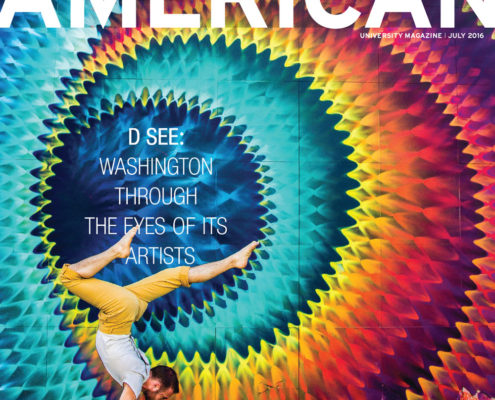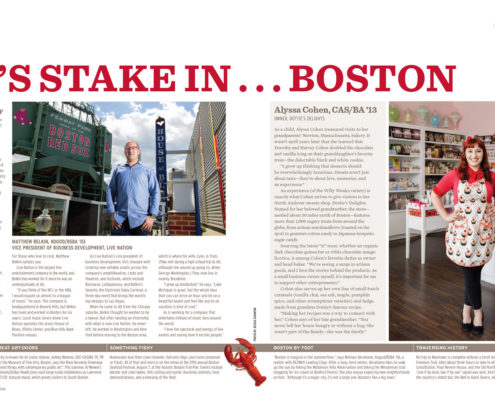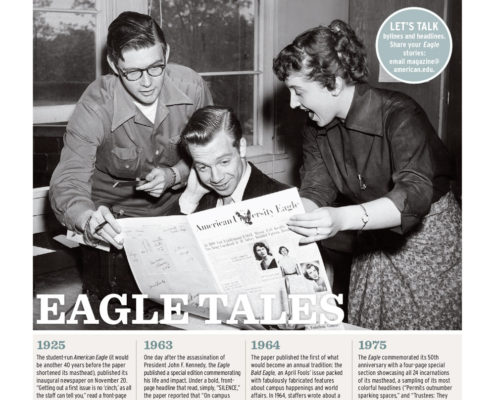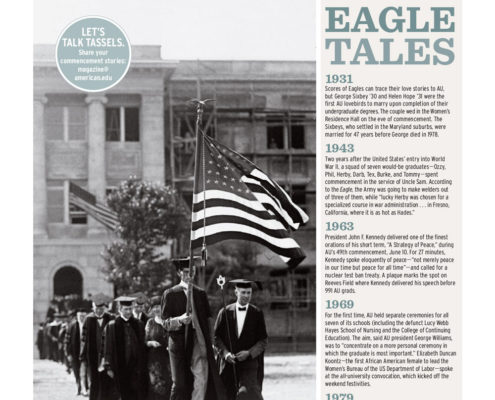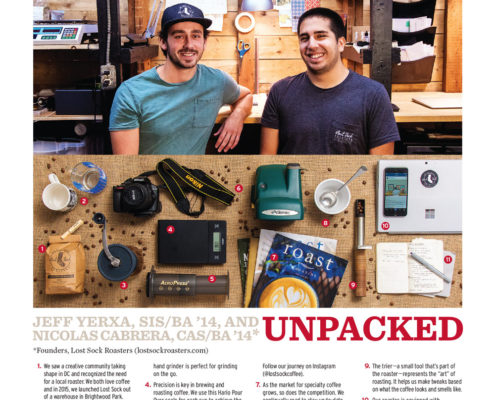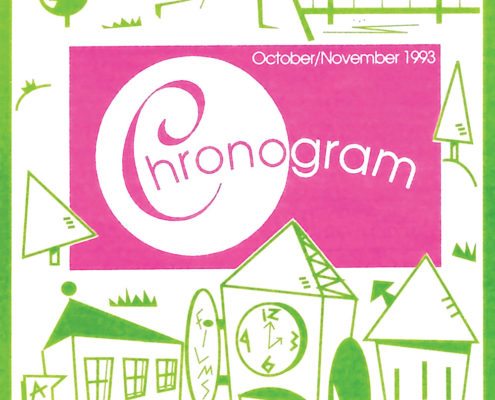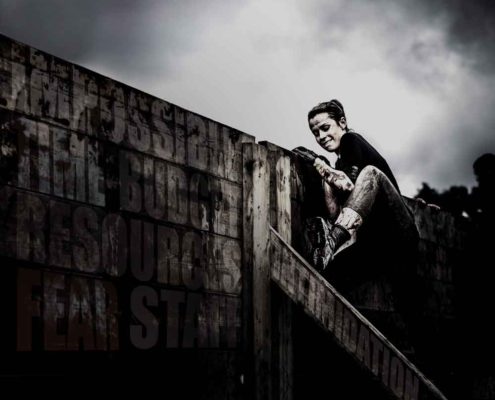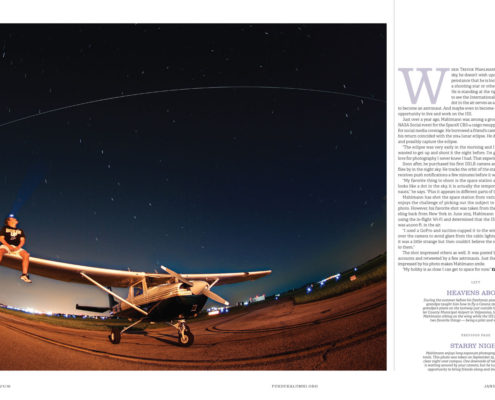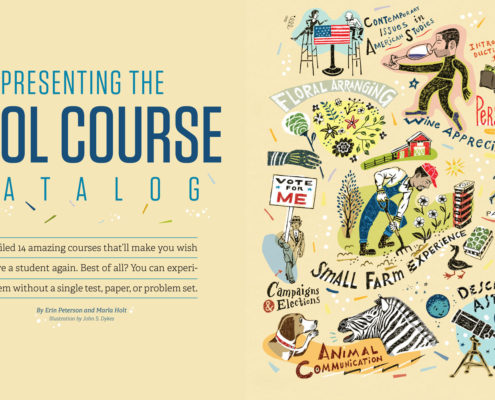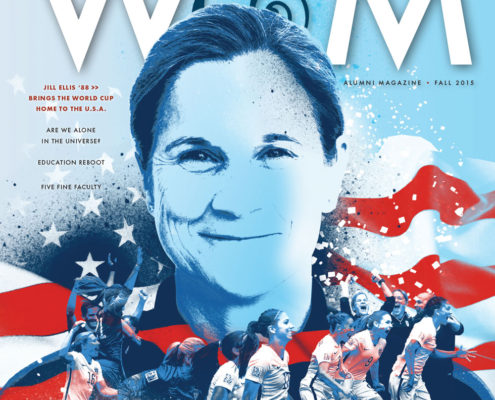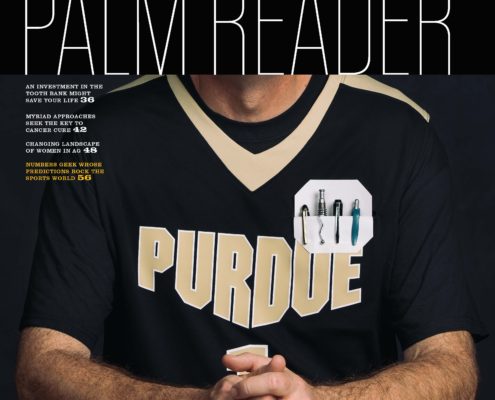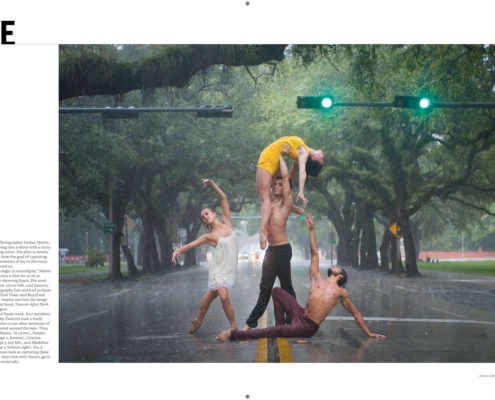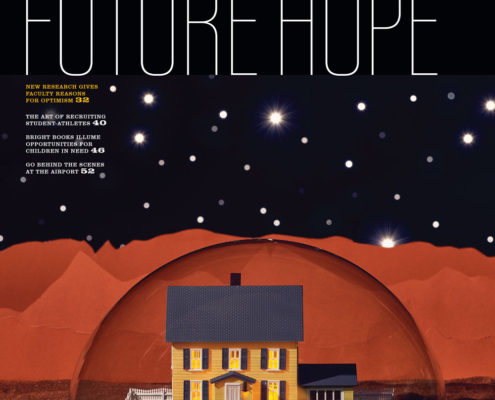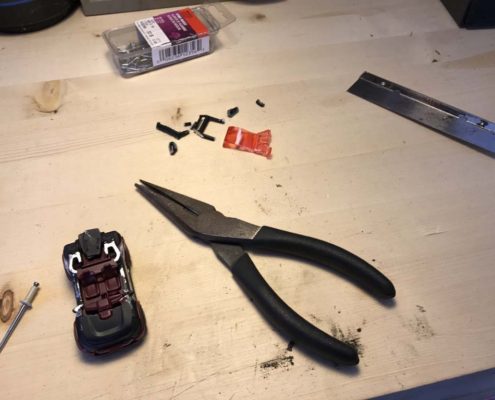Mayhem to Magic
One editorial team’s journey from conflict to collaboration
By Adrienne Frank
I don’t remember how the argument started — but I’ll never forget how it ended.
Six years ago, our magazine team, united only in name, gathered to discuss the upcoming issue of American. One of the designers made a snide comment and an editor, a woman who was as polished as the pearls she sometimes wore to work, snapped. She smacked the table, shouted an expletive, and stormed out of the building.
It was like a scene out of Real Housewives.
She eventually returned to the office — and thank goodness, as she was a very skilled editor — but we never addressed that conflict as a group. It became a dark cloud that hovered over the editorial staff’s already stormy relationship with the designers. A proverbial wall split our magazine team in two and after years of miscommunication and bruised egos, she wasn’t the only one employing the occasional four-letter word.
Before I tell you if we turned things around (spoiler alert, we did), I want you to think about your own teams for a moment. Do any of the following toxic dynamics sound familiar?
Designing the Redesign
Approaching the Reinvention of Chronogram Magazine
By David Clark Perry & Brian K. Mahoney
Chronogram was launched in 1993 with a simple premise: Provide readers with a guide to cultural events in New York’s Hudson Valley.
In the 24 years since, Chronogram has evolved from a flimsy zine launched by a couple of 20-somethings into Luminary Media, a multimedia company with four in-house titles and custom publishing, event, and marketing agency divisions. Our work now includes social media management, marketing communications, and business consulting — specialties we never could have foreseen ourselves offering a decade ago. But what’s fueled this growth is the brand equity of Chronogram. The publication’s authentic voice and role as trusted curator of the Hudson Valley lifestyle extends like a halo over all of our projects with readers and clients.
As we started considering redesigning our flagship publication, we were faced with a daunting question:
How do we freshen the design of Chronogram — creating a more readable, relevant, and useful reader experience in print — without losing our idiosyncratic voice and unorthodox design, the key attributes that have defined us?
What Limits?
Our conversation with a creative director who sees resource constraints as entertaining obstacles to overcome
Kat Braz, the senior director of creative communications at the Purdue Alumni Association, has learned — through trial, error, and necessity — to stretch precious resources.
A team of four (herself included) produce Purdue Alumnus while also working with her slightly larger team to generate everything for this office (read: the magazine takes up no more than one-quarter of each person’s time). For her first five years in the job, the magazine team was a mere two people.
Her philosophy? If you’re a magazine publisher lucky enough to have three things in ample supply — money, time, and talent — your magazine is guaranteed to be all-great, all-the-time. But if you’re most publishers, you make do with varying amounts of these key resources. And if you still want your magazine to be awesome? Well then, you have to get really creative.
With a background in art direction, Kat is adept at doing this with the visual side of a magazine. So we asked her to share her strategies for laughing in the face of constraints and making your art amazing despite them.
Fall 2017 Departments
Single-Copy Sales: The New Landscape

By Howard White
Anyone in magazine publishing knows there have been major changes in the newsstand supply chain. Major supermarkets and drugstores have absorbed their weaker rivals, leading to general retail consolidation and fewer independent retailers. Companies like Safeway, Kroger, Wal-Mart, CVS, Rite Aid, Barnes & Noble, and Books-a-Million dominate the retail sales of magazines nationwide, each with its own agenda and economic goals. Their variable commitment to display space and newsstand promotions, as well as their scrutiny of sales statistics, have led to regular reductions in checkout and mainline display fixtures.
National wholesaler consolidation follows similar lines. With Source Interlink Distribution leaving the magazine business altogether in 2014, TNG (The News Group) and Hudson News Distributors now control the vast majority of chain retailers servicing metropolitan markets. They are responsible for 71 percent and 18 percent of market share respectively. A small number of independent wholesalers remain, primarily in the Northeast and Middle Atlantic regions, but they are left to work with a diminishing number of mom-and-pop retailers whose newsstand sales potential is also shrinking.
Given these realities, it’s more important than ever for you, as magazine publishers, to mind your shops carefully. It falls to you to actively manage the factors that impact your success at the newsstand and that help sustain the distributors’ fragile cost to serve. Here are eight things every publisher selling on the newsstand can do.


